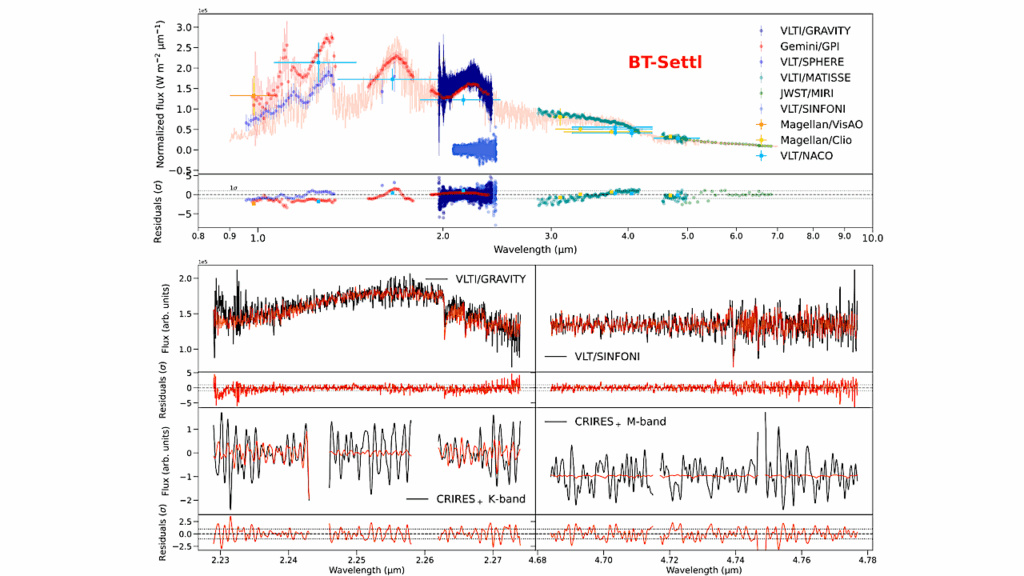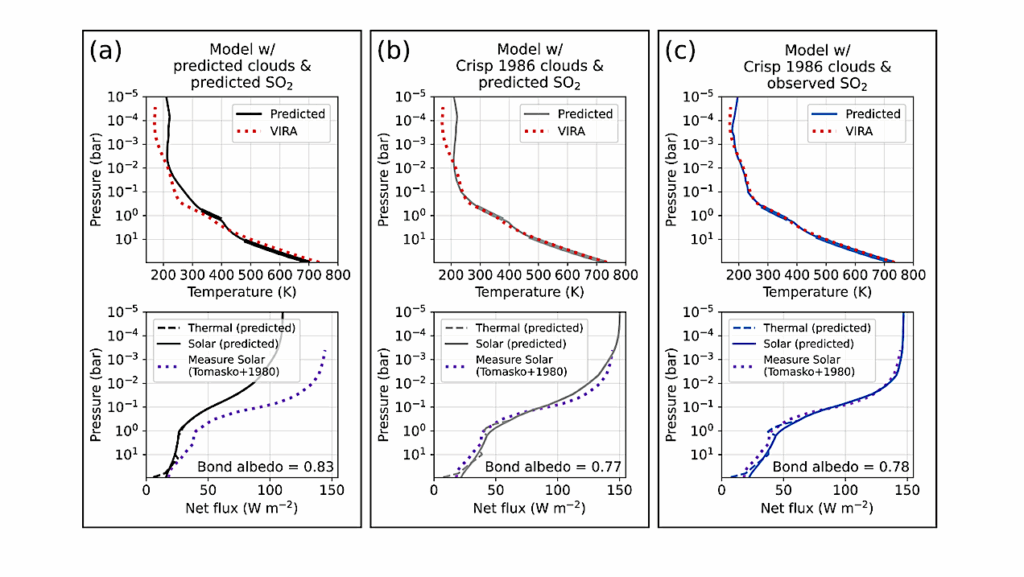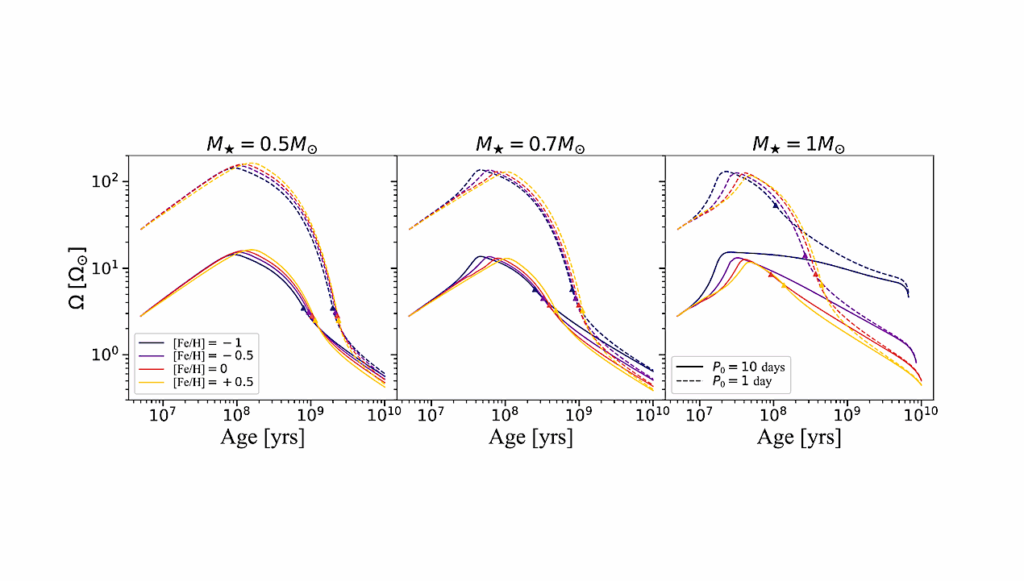Observation Of Night-time Emissions Of The Earth In The Near UV Range From The International Space Station With The Mini-EUSO detector

Mini-EUSO (Multiwavelength Imaging New Instrument for the Extreme Universe Space Observatory) is a telescope observing the Earth from the International Space Station since 2019.
The instrument employs a Fresnel-lens optical system and a focal surface composed of 36 multi-anode photomultiplier tubes, 64 channels each, for a total of 2304 channels with single photon counting sensitivity.
Mini-EUSO also contains two ancillary cameras to complement measurements in the near infrared and visible ranges. The scientific objectives of the mission range from the search for extensive air showers generated by Ultra-High Energy Cosmic Rays (UHECRs) with energies above 1021 eV, the search for nuclearites and Strange Quark Matter (SQM), up to the study of atmospheric phenomena such as Transient Luminous Events (TLEs), meteors and meteoroids.
Mini-EUSO can map the night-time Earth in the near UV range (between 290-430 nm) with a spatial resolution of about 6.3 km (full field of view of 44°) and a maximum temporal resolution of 2.5 μs, observing our planet through a nadir-facing UV-transparent window in the Russian Zvezda module. The detector saves triggered transient phenomena with a sampling rate of 2.5 μs and 320 μs, as well as continuous acquisition at 40.96 ms scale.
In this paper we discuss the detector response and the flat-fielding and calibration procedures. Using the 40.96 ms data, we present ≃6.3 km resolution night-time Earth maps in the UV band, and report on various emissions of anthropogenic and natural origin.
We measure ionospheric airglow emissions of dark moonless nights over the sea and ground, studying the effect of clouds, moonlight, and artificial (towns, boats) lights. In addition to paving the way forward for the study of long-term variations of natural and artificial light, we also estimate the observation live-time of future UHECR detectors.
M. Casolino, D. Barghini, M. Battisti, C. Blaksley, A. Belov, M. Bertaina, M. Bianciotto, F. Bisconti, S. Blin, K. Bolmgren, G. Cambiè, F. Capel, I. Churilo, M. Crisconio, C. De La Taille, T. Ebisuzaki, J. Eser, F. Fenu, M. A. Franceschi, C. Fuglesang, A. Golzio, P. Gorodetzky, H. Kasuga, F. Kajino, P. Klimov, V. Kuznetsov, M. Manfrin, L. Marcelli, G. Mascetti, W. Marsza, H. Miyamoto, A. Murashov, T. Napolitano, H. Ohmori, A. Olinto, E. Parizot, P. Picozza, L. W. Piotrowski, Z. Plebaniak, G. Prévôt, E. Reali, G. Romoli, M. Ricci, N. Sakaki, K. Shinozaki, J. Szabelski, Y. Takizawa, G. Valentini, M. Vrabel, L. Wiencke
Comments: 49 pages, 27 figures, 1 table, published in Remote Sensing of Environment
Subjects: Instrumentation and Methods for Astrophysics (astro-ph.IM)
Cite as: arXiv:2212.02353 [astro-ph.IM] (or arXiv:2212.02353v1 [astro-ph.IM] for this version)
Journal reference: Remote Sensing of Environment, Volume 284, January 2023, 113336
Related DOI:
https://doi.org/10.1016/j.rse.2022.113336
Focus to learn more
Submission history
From: Francesca Bisconti
[v1] Mon, 5 Dec 2022 15:36:04 UTC (9,914 KB)
https://arxiv.org/abs/2212.02353
Astrobiology, technosignatures,








